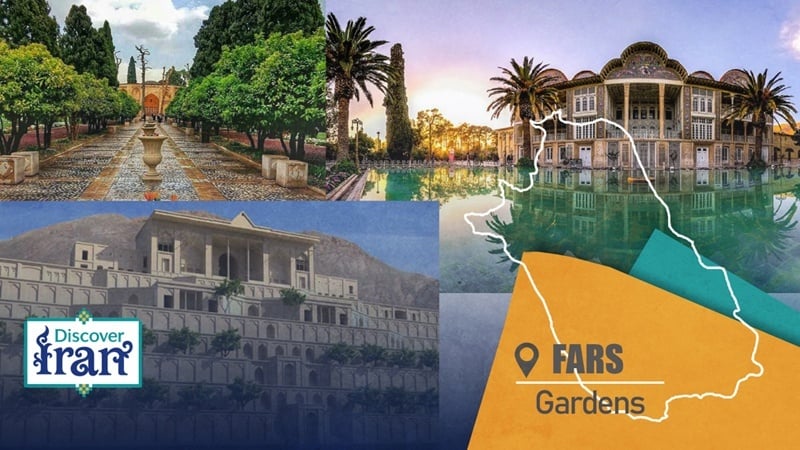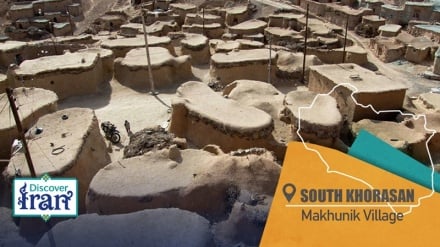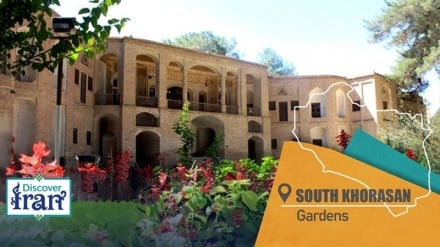Shiraz gardens: Whisperers of history, poetry, and timeless splendor
-

Shiraz gardens: Whisperers of history, poetry, and timeless splendor
Pars Today - The city of Shiraz, a shining gem of Iran’s rich heritage and a symbol of poetry and literature, is also renowned for its enchanting gardens. These gardens captivate both domestic tourists and international travelers alike.
The garden alleys of Shiraz, in southern Iran, are filled with the scent of orange blossoms and the tranquil order of cypress trees alongside colorful flowerbeds, reflecting a heritage of ancient landscape architecture.
According to Pars Today, citing Press TV, the most enduring innovation in Pasargadae was not in stone carving, but in the design of the royal garden—the first known example of the Iranian “Chaharbagh” (fourfold garden).
Since the first millennium BCE, gardens have been an integral part of Iranian architecture. Archaeologists at Pasargad have uncovered a network of stone channels and pools forming two connected rectangles, dividing the garden into four precise sections.
This design likely reflects a deliberate architectural representation of Cyrus the Great’s Mesopotamian title, “King of the Four Regions.”
The Achaemenids had a deep appreciation for gardening and agriculture, actively supporting innovative efforts in farming, tree planting, and irrigation.
Beyond their practical and sensory pleasures, Shiraz’s royal gardens also embodied political, philosophical, and religious symbolism. They reflected the ruler’s vision of transforming barren land into fertile gardens and imposing order and symmetry upon chaos.
Royal gardens: From symbols of power to world heritage
During the Achaemenid era, gardens became not just a component of architecture but its central focus—a powerful expression of authority, fertility, and legitimacy. The “Chaharbagh” (fourfold garden) design, first developed at Pasargad, was repeatedly refined over time. Its influence extended beyond the Near East, laying the foundation for garden design throughout the Islamic world and beyond.
During the Islamic period, gardens were typically rectangular enclosures surrounded by walls, featuring prominent gateways and several pavilions within. Geometrically patterned water channels ran through the gardens, while a combination of shade trees, fruit trees, ornamental plants, and seasonal flowers ensured the gardens remained vibrant throughout the year.
The high costs associated with acquiring, developing, and maintaining formal gardens—particularly in Iran’s arid climate—transformed them into symbols of power and grandeur, a tradition continued by dynasties such as the Buyids, Ghaznavids, Timurids, and Safavids.
Since then, gardens have become an integral part of Iranian culture, with generations of rulers and garden enthusiasts in Europe and Asia drawing inspiration from Persian garden design.
The flourishing of Shiraz gardens
The spirit of Shiraz is intertwined with poets and writers, earning it the title “City of Poetry and Literature,” a characteristic beautifully reflected in its tranquil and contemplative gardens.
Delgosha Garden, one of Shiraz’s oldest and most exquisite gardens, spans three historical eras: Sassanid, Safavid, and Qajar. Its pavilion still preserves architectural elements from the Sassanid period.
The beauty and splendor of Delgosha Garden were so remarkable that Timur ordered the construction of a similar garden in Samarkand.
The garden is renowned for its dense planting of bitter orange trees, which during their blooming season in Farvardin (March–April) fill the air with a strong and delightful fragrance, shaping the garden’s sensory atmosphere.
Eram Garden, listed as a UNESCO World Heritage Site, features a unique collection of bitter orange (narenj) trees, cypresses, and roses alongside a historic and magnificent building. Its origins date back to the Seljuk era, with restorations carried out during the Zand period.
Located on the scenic Eram Street, the garden is renowned for its exceptional plant diversity and is recognized as a botanical garden.
Living gardens of Shiraz: A fusion of nature, art, and spirituality
Narenjestan Qavam, also known as the Bitter Orange Garden, was built during the Qajar era by order of Ali Mohammad Khan Qavam. The garden takes its name from the abundance of bitter orange trees it houses. Its inner pavilion, known as Zinat-ol-Molk House, dazzles visitors with mirrored halls and delicate decorative motifs.
Afifabad Garden, one of Shiraz’s oldest gardens dating back to the Safavid era, was formerly known as Golshan Garden due to its colorful and diverse flowers. It once served as a recreational place for royalty.
Jahan-Nama Garden, with a history of over 700 years, was once called “Zinat-ol-Alam” for its beauty. After its destruction following the fall of the Safavids, Karim Khan Zand ordered its reconstruction and built an octagonal pavilion within the garden.
Haft-Tan Garden, originally built before the Zand period, was expanded by Karim Khan. Its name derives from the seven tombs of mystics interred within the garden. Karim Khan ordered a large stone to be placed on each grave, adding a layer of spirituality to the garden’s natural beauty.
Shapouri Garden and Mansion, an example of modern architecture, was built between 1931 and 1936 by architect Abolghasem Memar. Featuring a large pool and tall trees, the garden provides a serene and picturesque setting ideal for photography and relaxation. It was later acquired and preserved by Iran’s Cultural Heritage Organization.
In all these gardens, water remains an essential and ever-present element. Networks of channels and fountains, such as those at the center of Delgosha Garden, provide irrigation while also creating visual and sensory coolness. Carefully placed pavilions and buildings offer perspectives that invite contemplation of these captivating landscapes.
Shiraz’s gardens, with ancient cypresses, fragrant orange blossoms, and precise geometric designs, are not merely historical relics—they are living, dynamic spaces that embody the long-standing Iranian ideal of creating a symbolic paradise on earth.


